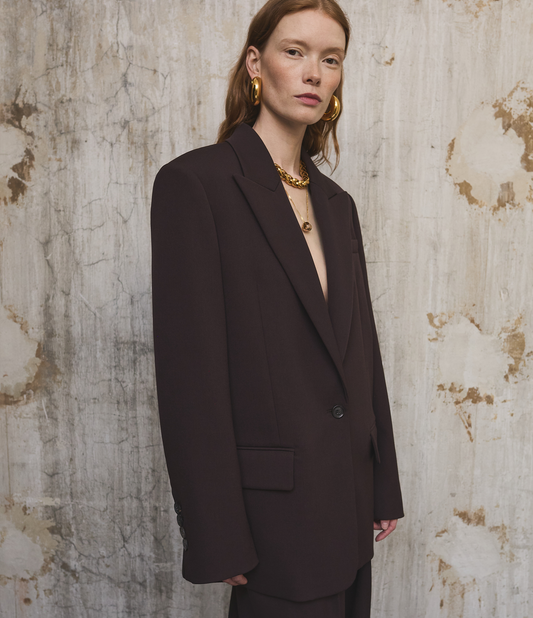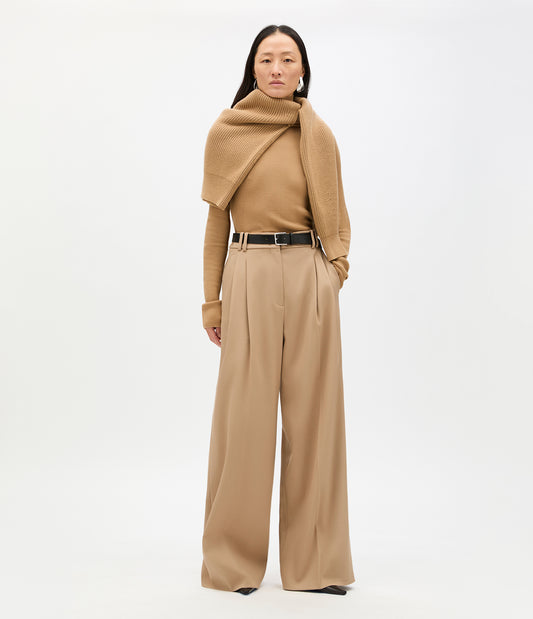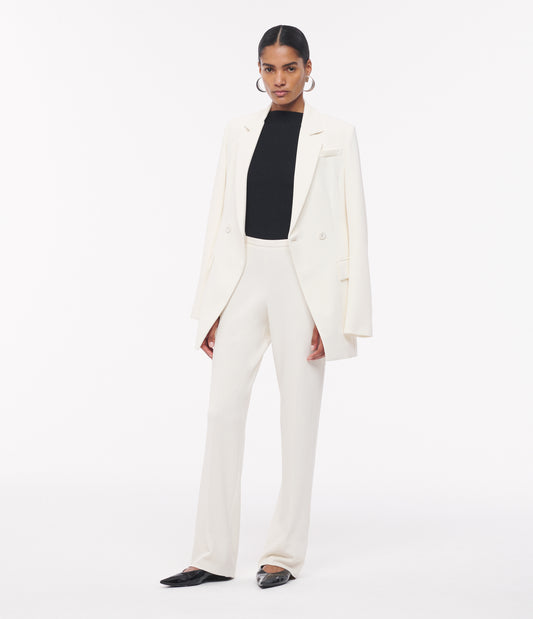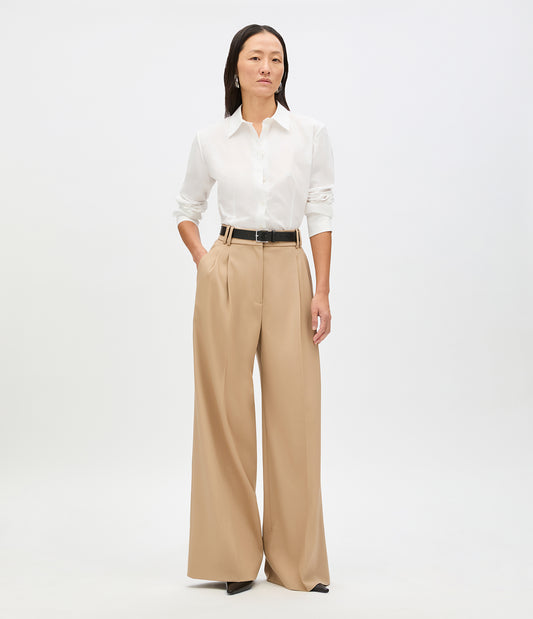
Environmental Welfare
Operating with respect and responsibility for our shared home
We operate with respect for our shared home, Mother Earth. It starts from the heart and translates into our policies through science, stringent sourcing operations, circular business models, and technology.

Our Philosophy
While fashion remains central to how we communicate as humans, the world has woken up to its enormous impact on the environment, our climate and biodiversity. Everything we do has an impact. We are guided by reducing this impact to the greatest extent possible by operating as responsible global citizens, treating the Earth with respect, and striving to contribute to its repair.

From Policy To Action
Some of the principles to which we hold ourselves accountable include:
Waste Reduction
- We create high quality, timeless products and offer resale to further extend the life of our garments and reduce raw material use.
- We are mindful in our operations of minimizing waste throughout all stages of the design and production process and recycle what we cannot salvage.
- We have a strong policy against both overdevelopment and overproduction and maintain development to production ratios of over ninety percent.
Stewardship of the Environment
- We use only organic natural materials that support soil health, ecosystems, and communities.
- We use forest-based fibers from responsibly managed forests with zero net contribution to deforestation and careful maintenance of critical ecosystems.
- We apply a stringent best-in-class chemicals and wastewater treatment policy adopting, and where possible exceeding, the ZDHC MRSL.
- We avoid contributing to microplastics by utilizing plastic-based materials for components as a last resort, or when necessary for function (e.g. stretch).
- Where plastics are important for function, we use recycled and compostable plastics whenever possible.
- We use solely bio-based plastics in packaging only where critical.
- We avoid waste at each and every step of our supply chain.
- We are proud to participate in 1% for the Planet.
Minimizing and Offsetting Our Carbon Footprint
- We maintain the shortest possible supply chain to reduce the carbon footprint of our logistics.
- We commit to offsetting the carbon emissions of our entire operations at 100%.

Carbon Offsetting
- We calculate our entire carbon footprint across all manufacturing tiers, including our HQ operations, stretching back to 2018 when we first began work on creating our brand.
- Calculating this figure requires some estimation, so we overestimate in order to ensure we captured everything.
- We plan to use what we have learned in the process of calculating our emissions to reduce our impact in the future.
- Getting to know our suppliers is, we believe, an important part of our work, but requires a hefty carbon investment in terms of trans-Atlantic flights. This is an area which will be significantly reduced in the future.
- In the future, we plan to conduct a full LCA of our products to better calculate their impact.

How We Can Do Better
We want to use more recycled materials.
We do so in our packaging, but have struggled to find recycled materials for our clothing that meet our quality standards. This is an area we are following closely for developments, as we believe circularity is critical to the future of the industry. Our founder has invested personally in Evrnu, a leader in textile recycling for the mass market.
Lowering our logistics footprint.
We actively strive for the shortest possible supply chains, concentrating as many of our suppliers in Europe. For our first production run we relied heavily on air-freight. Going forward we are adjusting our business model to allow for sea freight, which has a lower carbon footprint.
Identify or custom-make trims which better reflect our values.
The devil is in the details, and we found that to be true of items like zippers, shoulder pads, under-collar felt, and interlinings. We compromised for our first production run and used “off the shelf” options. In the near future we will be homing in on improving this element of our supply chain.
Switching to natural dyes.
We are excited about the potential for natural dyes, however at this point we are concerned about the colorfastness of current options. We intend to start testing natural alternatives in Spring 2020.




















